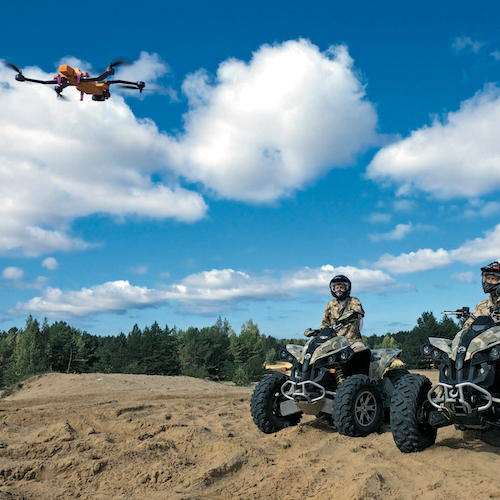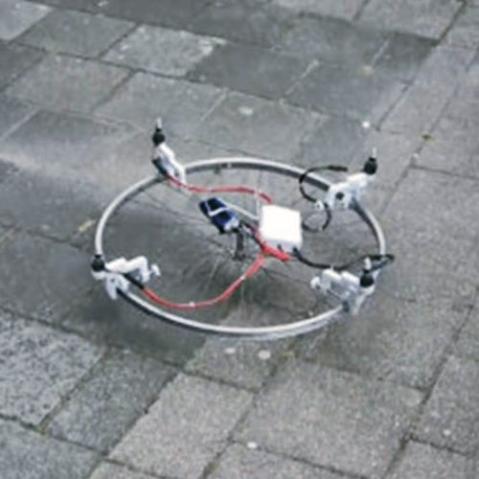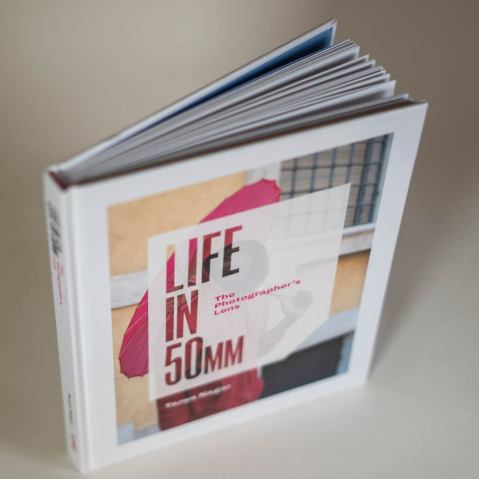Opting for a programmed camera on your drone

By taking advantage of the drone’s sensors and “brain” you can get more controlled (and more elegant) shots than you might be able to achieve in the moment with the sticks. You can get video as good as working with a second operator without needing one.
Only a couple of years ago the distinction between enthusiast and professional flight controllers was really whether the software was all about the drone or whether the filmmaker’s needs were covered too. That was distinction was very clearly delineated by cost. Even now most of the pre-programmable flight- paths are simple waypoint-to-waypoint ones in which the camera will turn with the front of the drone to the next waypoint. There’s no real technical reason for that, most drones can face any way equally well after all, it’s just how the software has developed.
That, however, is starting to change. The 3DR Solo’s software marked a big shift from what came before it, deliberately designed to include shots like their “Cable Cam”, in which the ‘copter flies along a designated path allowing you the freedom to turn the ‘copter to face your subject. The result is just like a cable camera over a stadium, creating a very cinematic shot without too much thought on the pilot’s part. Circle and other modes are supported too.
Another form of remote camera control becoming increasingly popular is the Follow Me mode. Various PR teams are falling over themselves to claim invention of this feature for their particular brand (credit should probably go to 3DR). In any case the essence is this; the ‘copter follows the position of the operator on the ground via a device they’re wearing, an android phone in the case of the Iris+ (summer 2014), or a remote control bracelet in the case of the AirDog (spring ‘15), or back to the app for the Hexo+ (autumn ‘15). Despite the obvious enthusiasm for this technology it’s not without its problems — these copters are not generally equipped with object avoidance technology (save for optional optical flow on the Solo, and that only points downward). It remains to be seen just how good they are at keeping your GoPro (the camera of choice for each of these copters) away from objects or, in the case of action sports, the ground or water. Use with caution (or a generous budget for repairs!)
The Complete Guide to Drones is Adam Juniper’s comprehensive introduction if you’re thinking of dipping your toe into the world of drones. This book will show you everything you could need to know. What types you can buy (or build), how they work, how to fly them, all the relevant rules and how to keep ahead of the weather.
 The Complete Guide to Drones
The Complete Guide to Drones
Adam Juniper
Buy it now!
RRP for print edition: £14.99





